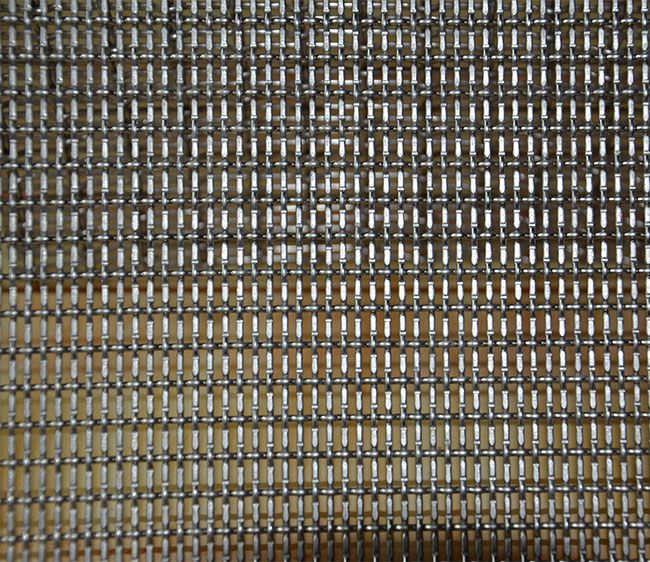Nov . 10, 2024 17:30 Back to list
Top Quality Stainless Steel Fabric Mesh for Versatile Applications
The Best Stainless Steel Fabric Mesh A Comprehensive Guide
Stainless steel fabric mesh is an essential material that finds numerous applications across various industries, including construction, manufacturing, automotive, food processing, and filtration. Renowned for its durability, strength, and resistance to corrosion, stainless steel mesh has rapidly become the material of choice for engineers and designers seeking reliability and performance. In this article, we will explore the benefits of stainless steel fabric mesh, its applications, and the factors that contribute to its classification as the best choice in mesh materials.
What is Stainless Steel Fabric Mesh?
Stainless steel fabric mesh is a type of woven or welded mesh made from stainless steel wire. It is characterized by its open structure, which allows for airflow and light transmission while still providing a level of physical strength and integrity. The stainless steel used in these meshes is often classified into various grades, with 304 and 316 being the most common due to their excellent corrosion resistance, strength, and formability.
Benefits of Stainless Steel Fabric Mesh
1. Corrosion Resistance One of the primary advantages of stainless steel is its inherent resistance to rust and corrosion. This property is crucial for applications exposed to harsh environments, including moisture, chemicals, and extreme temperatures.
2. Durability Stainless steel fabric mesh is incredibly durable and can withstand heavy loads without losing its structural integrity. This makes it ideal for industrial applications where strength and stability are paramount.
3. Versatility It comes in various mesh sizes, wire diameters, and configurations, which can be tailored to fit specific needs. Whether you need fine filtration or a sturdy security barrier, there is a stainless steel mesh solution available.
4. Aesthetic Appeal Apart from its functional benefits, stainless steel mesh also offers a modern aesthetic appeal that enhances the design of any application. This makes it suitable for architectural applications where both form and function are important.
5. Easy Maintenance Stainless steel is easy to clean and maintain, which is particularly beneficial in environments where hygiene is critical, such as food processing and pharmaceuticals.
Applications of Stainless Steel Fabric Mesh
Stainless steel fabric mesh is employed in various sectors for unique applications, including
- Filtration Industries often use it for liquid and gas filtration due to its ability to separate contaminants. It can capture large particles as well as fine ones, making it versatile for different filtration needs.
best stainless steel fabric mesh

- Construction In construction, stainless steel mesh is used for reinforcing concrete and as a barrier against pests in buildings. It provides necessary support and stability while enhancing safety.
- Security Stainless steel mesh can serve as a security feature, providing a physical barrier against intruders. It is commonly used in fencing and window guards.
- Food Processing Due to its corrosion resistance and hygienic properties, stainless steel mesh is ideal for use in food processing environments. It is used in conveyors, sieves, and storage solutions.
- Architectural Elements Designers often integrate stainless steel mesh into building facades and interiors, offering a modern look while ensuring functional benefits such as ventilation and visibility.
Choosing the Right Stainless Steel Fabric Mesh
When selecting the best stainless steel fabric mesh for your application, several factors should be considered
1. Mesh Size The size of the mesh openings will impact its filtration efficiency and strength. Finer meshes are better for filtration, while larger meshes provide better structural support.
2. Wire Diameter Thicker wires will result in stronger mesh, while thinner wires can offer finer filtration. Choosing the appropriate wire thickness depends on the application’s mechanical requirements.
3. Grade of Stainless Steel The choice between grades 304 and 316 is critical based on environmental exposure. For instance, Grade 316 offers better resistance to salt and chlorides, making it preferable for marine applications.
4. Woven vs. Welded Woven mesh is often more flexible and softer, while welded mesh provides improved strength and rigidity. Your decision should be based on the specific demands of your application.
Conclusion
Stainless steel fabric mesh stands out as a premium choice due to its myriad benefits, versatility, and wide-ranging applications. Its resistance to corrosion, durability, and aesthetic qualities make it suitable for industries from construction to food processing. By understanding the characteristics and applications of this material, businesses and designers can make informed decisions to harness the full potential of stainless steel fabric mesh in their projects. As technology and materials evolve, stainless steel mesh will continue to be an invaluable component in creating safer, more durable, and aesthetically pleasing environments.
share
-
Premium Stainless Steel Netting Mesh Discount & ODM Stainless Steel Wire Mesh Solutions
NewsJun.24,2025
-
High-Quality Screen Stone for Modern Stone Screen Walls Elegant Facade Solutions
NewsJun.10,2025
-
High Quality Wire Filter – Cheap Stainless Steel Filter Wire Mesh Cloth & Wire Mesh Filter Solutions
NewsJun.10,2025
-
5 Micron Water Filter Cartridge - Premium Sediment Filtration, Universal Fit
NewsJun.10,2025
-
High Quality CE-Certified Gabion Boxes with OEM Options
NewsJun.10,2025
-
20x20x2 Air Filter High-Efficiency Dust Filtration for Clean Air
NewsJun.10,2025

